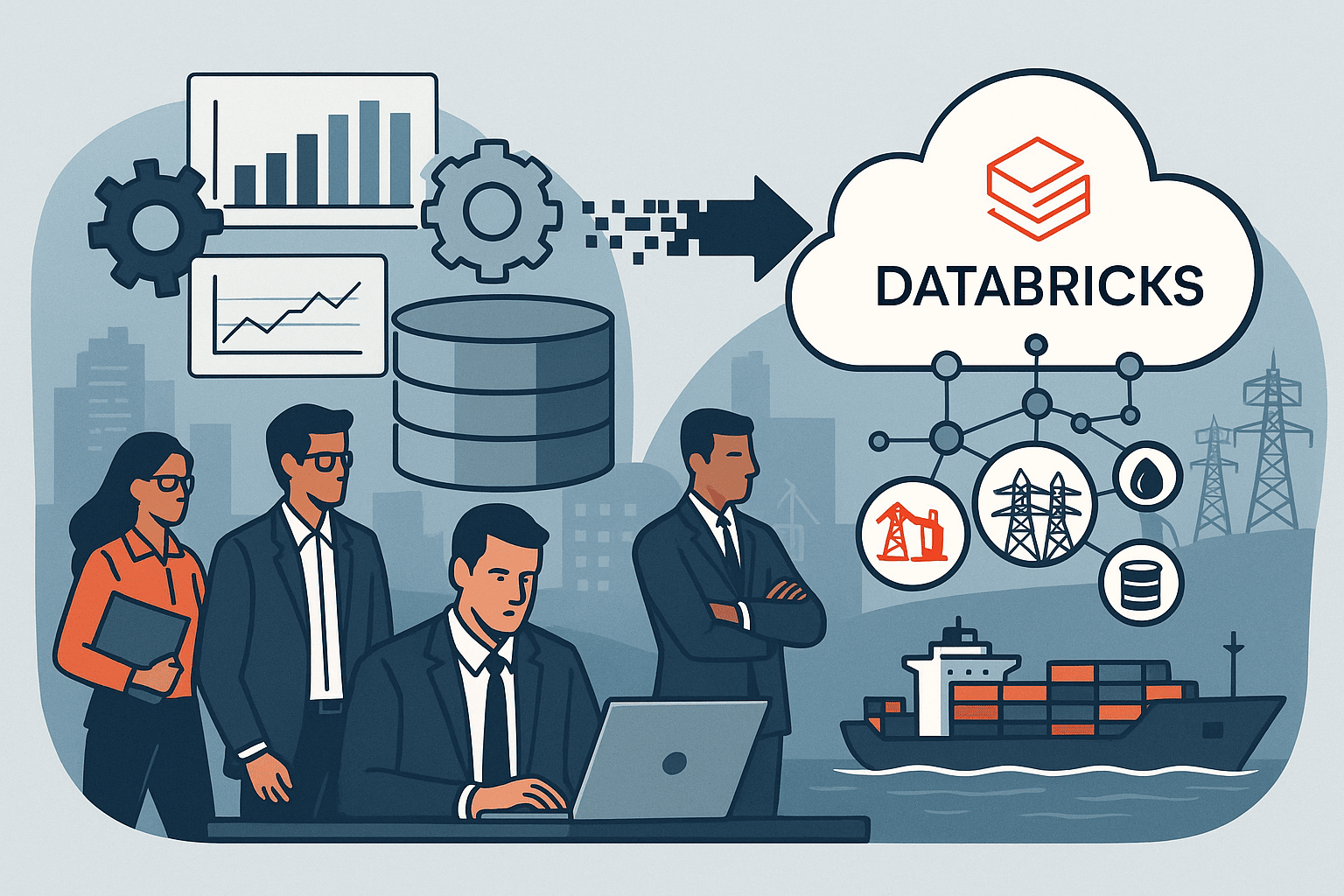Some commodity trading firms have already taken bold steps to migrate their data and analytics environments to Databricks. Their experiences provide valuable lessons for CIOs considering similar moves. Databricks offers a unified platform for data engineering, machine learning, and real-time analytics, but successful adoption requires careful planning and the right mix of skills.
Early adopters highlight several benefits. Databricks reduces the complexity of managing separate data lakes and warehouses by enabling a lakehouse architecture. It allows Python developers to process market feeds in real time, while giving risk teams governed access to clean data through integration with Snowflake. These capabilities shorten the cycle from raw data to actionable insights.
The migration journey is not simple. Firms must re-engineer data pipelines, integrate with legacy CTRM platforms written in .NET, and deploy on Azure with Kubernetes for scalability. Without the right expertise, projects can stall or face compliance issues.
Staff augmentation has proven critical for firms already on this path. By leveraging external engineers with Databricks experience, CIOs can accelerate data migration, implement best practices, and avoid costly mistakes. Augmented teams often work side by side with internal staff, transferring knowledge while ensuring projects remain on schedule.
For IT leaders, the key takeaway is clear. Databricks is not just a new tool but a strategic platform that transforms how trading firms handle data. Those who invest early, and who strengthen their teams with augmented specialists, will gain a competitive edge in analytics-driven trading.

